TAVR an acceptable alternative to surgery in patients at high surgical risk
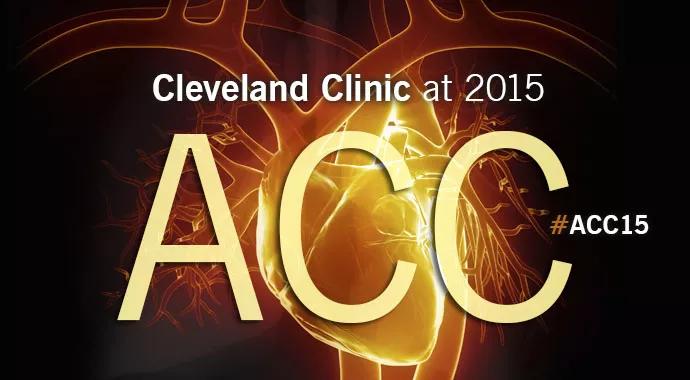
Five-year follow-up of high-risk surgical patients in the landmark PARTNER trial demonstrated similar mortality and other major clinical outcomes with transcatheter aortic valve replacement (TAVR) as compared with surgical aortic valve replacement (SAVR). Functional outcomes were also similar, and improvements in valve function were achieved and maintained in both groups.
Cleveland Clinic is a non-profit academic medical center. Advertising on our site helps support our mission. We do not endorse non-Cleveland Clinic products or services. Policy
The long-awaited final five-year outcomes of this trial were presented today at the American College of Cardiology’s 64th Annual Scientific Session by co-investigator Michael Mack, MD, of Baylor Health Care System, and simultaneously published in The Lancet.
PARTNER 1A is the only randomized trial of balloon-expandable valves comparing outcomes with standard surgical treatment in a high-risk surgical cohort. “The rigorous trial performance and comparative effectiveness analyses of adjudicated end points give us confidence to say there is no significant difference in these treatments for patients with aortic stenosis at high surgical risk,” says Lars G. Svensson, MD, PhD, Chair of Cleveland Clinic’s Sydell and Arnold Miller Heart & Vascular Institute and a key co-investigator in the PARTNER 1A trial.
The multicenter study randomized 699 high-risk patients with severe aortic stenosis to SAVR or TAVR; TAVR was performed transfemorally unless precluded by vascular access issues, in which case a transapical approach was used.
Mean patient age was 84.1 ± 6.6 years, and 94.1 percent of patients were in NYHA functional class III or IV. High surgical risk was defined as a mean Society of Thoracic Surgeons Predicted Risk of Mortality at 30 days of 10 percent or greater and a surgeon’s prediction of greater than 15 percent risk of death.
The primary end point was all-cause mortality. Secondary end points included cardiovascular mortality, stroke, repeat hospitalization, acute kidney injury, vascular complications, bleeding events and NYHA functional class. This five-year report represents the study’s last pre-specified outcomes follow-up.
At five years, rates of death from any cause were similar between the two groups, at 68 percent with TAVR and 62 percent with SAVR (P = .76). Cardiac death rates were likewise similar (53 and 48 percent, respectively; P = .67).
These five-year results were consistent with a trend that was apparent immediately post-procedure. Landmark analysis of all-cause mortality by intention to treat showed similar outcomes up to one year, at one to three years, and at three to five years. Median survival with TAVR was 44.5 months, compared with 40.6 months with SAVR.
The frequency of stroke or transient ischemic attack did not different significantly between the TAVR and SAVR groups (15.9 and 14.7 percent, respectively), nor did the composite of stroke or death from any cause (71.6 and 64.4 percent, respectively).
Rates of myocardial infarction, endocarditis, renal failure and need for a new pacemaker were also similar between the groups. The incidence of vascular complications was higher in TAVR patients, while more bleeding complications occurred in SAVR patients; both complications primarily took place soon after surgery.
The need for rehospitalization was similar in the two groups, but was 8.8 percent more frequent in TAVR patients treated by the transapical approach than in those treated by the transfemoral approach.
Among five-year survivors, 85 percent of TAVR patients and 81 percent of SAVR patients were in NYHA class I or II.
Valve hemodynamics as assessed by echocardiography were similar in the two groups at five years. Aortic valve areas and mean valve gradients were essentially identical between the groups. No valve deterioration requiring surgical valve replacement was seen in either group.
“Although five years is too short a time to see differences in durability between transcatheter and surgically placed valves, it is reassuring that no cases of structural valve deterioration were observed in the TAVR patients,” says Dr. Svensson.
Moderate to severe aortic regurgitation occurred significantly more often in TAVR patients than in SAVR patients (14 vs. 2 percent, respectively) and was associated with increased five-year mortality in the TAVR arm. It was largely due to paravalvular regurgitation.
Because of its adverse impact on mortality, paravalvular leak has been a concern with TAVR for some time, sparking changes in TAVR valve design to ameliorate this problem. However, because the PARTNER 1A trial was begun in 2007, it used only the first-generation Sapien valve, before these valve design changes were made.
“Newer-generation TAVR valves with different sealing mechanisms, particularly an external fabric skirt, have been shown to minimize paravalvular leak in early clinical trials,” says Dr. Svensson.
The PARTNER trial was funded by Edwards Lifesciences.

Patient-patient network analysis proves to be fast and clinically intuitive
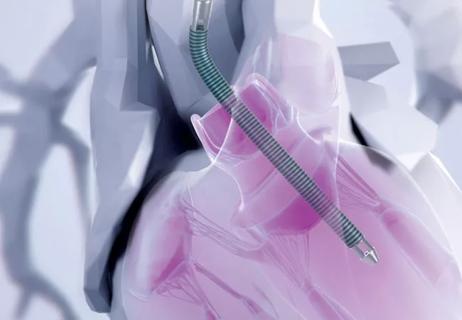
How we’re using a new multidisciplinary approach to broaden the benefits of ablation

Models developed with promising accuracy and generalizability to clinical practice
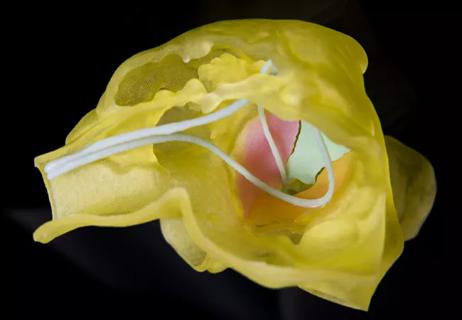
Illustrated case series profiles a valuable tool for a rare and complex entity

Keys to success include a team-based approach and integration into clinical workflow
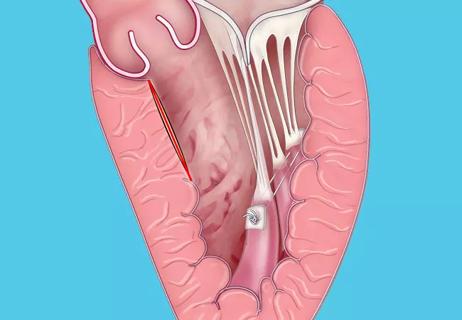
A minimally invasive, single-incision approach to two coexisting problems

New review outlines applications to date, hurdles to overcome
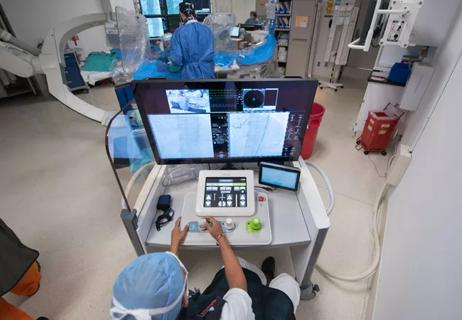
A long-overdue technology is poised to reshape practice